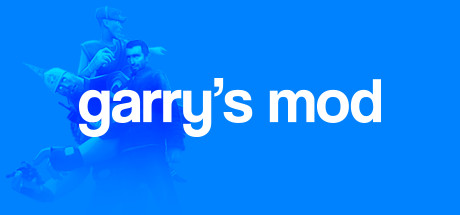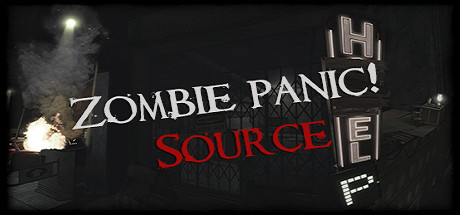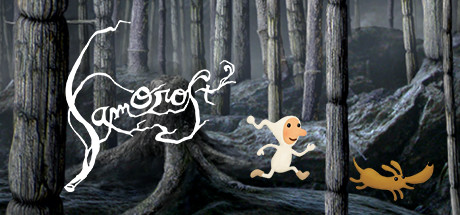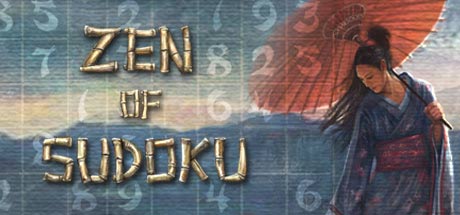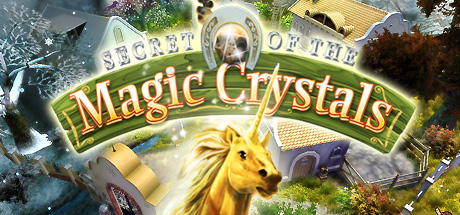Braid Reviews
Braid is a puzzle-platformer, drawn in a painterly style, where you can manipulate the flow of time in strange and unusual ways. From a house in the city, journey to a series of worlds and solve puzzles to rescue an abducted princess.
| App ID | 26800 |
| App Type | GAME |
| Developers | Number None |
| Publishers | Number None |
| Categories | Single-player, Steam Achievements, Steam Cloud, Full controller support, Remote Play on TV |
| Genres | Casual, Indie, Strategy |
| Release Date | 10 Apr, 2009 |
| Platforms | Windows, Mac, Linux |
| Supported Languages | English, French, Italian, German, Spanish - Spain, Traditional Chinese, Japanese, Korean, Portuguese - Portugal |
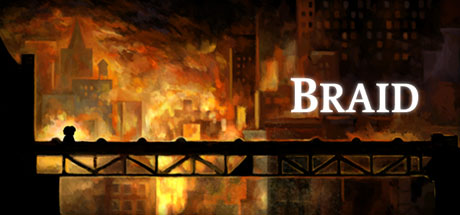
9 761 Total Reviews
9 121 Positive Reviews
640 Negative Reviews
Very Positive Score
Braid has garnered a total of 9 761 reviews, with 9 121 positive reviews and 640 negative reviews, resulting in a ‘Very Positive’ overall score.
Reviews Chart
Chart above illustrates the trend of feedback for Braid over time, showcasing the dynamic changes in player opinions as new updates and features have been introduced. This visual representation helps to understand the game's reception and how it has evolved.
Recent Steam Reviews
This section displays the 10 most recent Steam reviews for the game, showcasing a mix of player experiences and sentiments. Each review summary includes the total playtime along with the number of thumbs-up and thumbs-down reactions, clearly indicating the community's feedback
Playtime:
142 minutes
I just don't really enjoy this one.
👍 : 2 |
😃 : 0
Negative
Playtime:
29 minutes
acoso, el juego
me encanta
👍 : 0 |
😃 : 0
Positive
Playtime:
117 minutes
Ain't no point to the game. But good for people who like to drink or smoke.
👍 : 0 |
😃 : 1
Negative
Playtime:
272 minutes
Some very frustrating platforming for older players (at least for me), but overall I would recommend for the beauty of the game.
👍 : 0 |
😃 : 0
Positive


